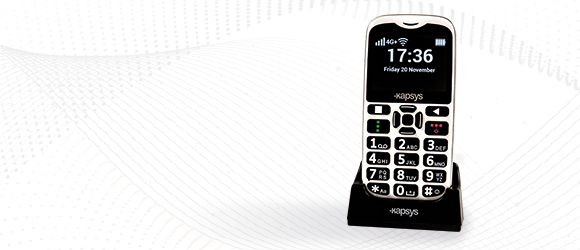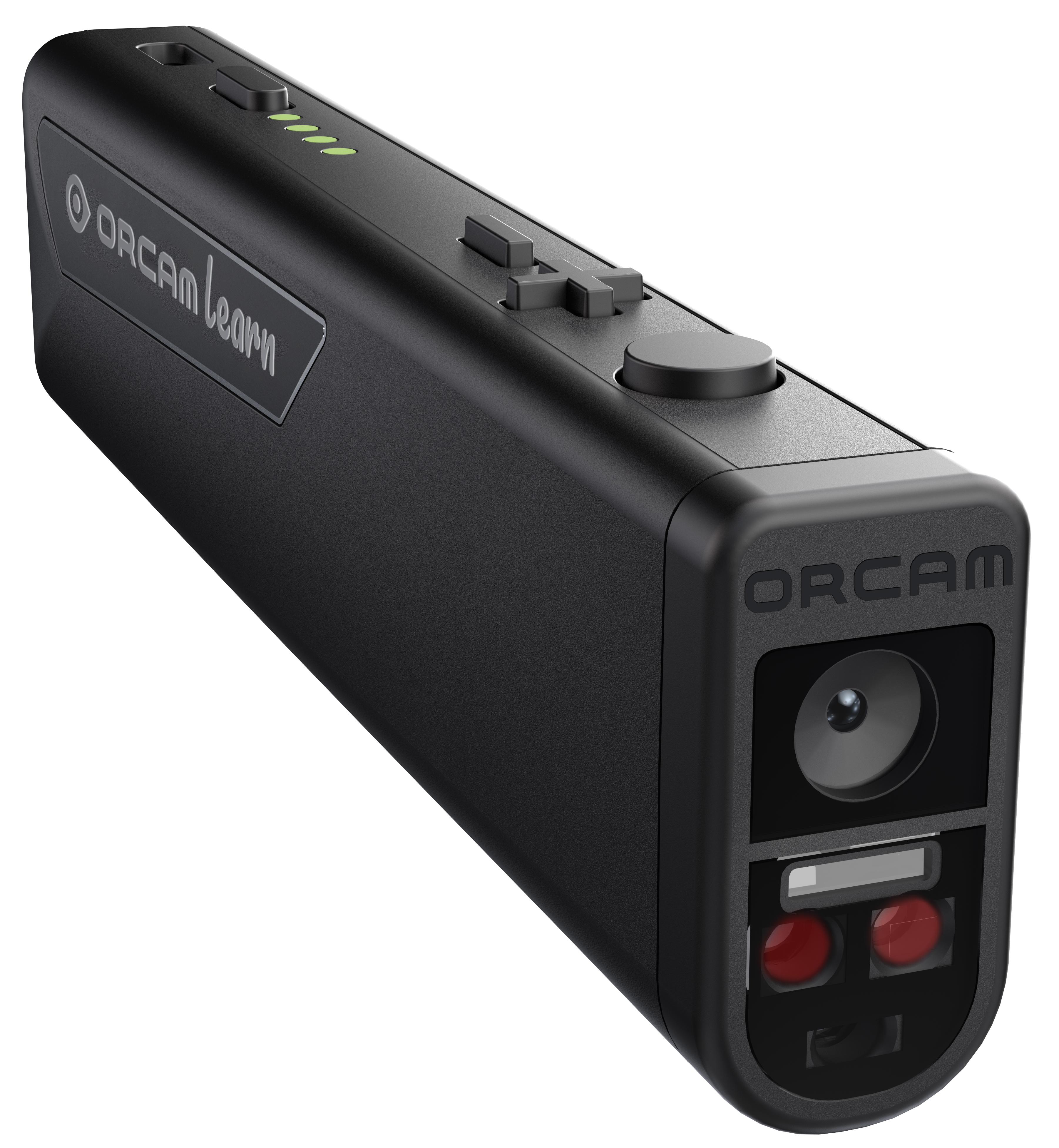Wearable Technology for Low Vision: Making Daily Life Easier
Wearable Technology for Low Vision: Making Daily Life Easier
Blog Article
Discover Cutting-edge Devices Created for the Aesthetically Impaired
The growth of ingenious devices for the visually impaired stands for a considerable improvement in ease of access and self-reliance. Technologies such as smart glasses with AI abilities and mobile applications developed to supply acoustic descriptions are reshaping everyday experiences for individuals.
Smart Glasses for Navigating

Smart glasses made for navigating are revolutionizing the method aesthetically impaired people connect with their setting. These innovative devices use a mix of video camera innovation, expert system, and auditory comments to provide real-time info regarding surroundings. By utilizing obstacle detection systems, smart glasses can alert users to potential risks, enabling safer mobility in both unfamiliar and acquainted setups.
The combination of GPS innovation even more enhances navigating capabilities, permitting individuals to get auditory instructions as they move. This hands-free method not only cultivates independence but additionally empowers aesthetically impaired people to navigate city landscapes with enhanced self-confidence. Additionally, several smart glasses are furnished with attributes that determine sites and road indications, supplying contextual info that enhances the individual experience.
Moreover, the advancement of these tools is constantly advancing, with firms functioning to enhance the accuracy of item recognition and broaden the variety of navigational features. As clever glasses come to be a lot more obtainable and cost effective, they hold the potential to considerably change every day life for visually damaged users. Eventually, these ingenious tools stand for a vital action toward inclusivity, offering improved movement and a higher sense of freedom for individuals navigating the globe around them.

Mobile Application for Daily Living
How can mobile applications enhance the every day lives of visually damaged people? Mobile apps are transforming the way visually impaired individuals browse their settings, handle everyday tasks, and access details. These applications provide vital assistance via numerous performances, promoting independence and boosting quality of life.
Several innovative mobile applications are designed specifically for day-to-day living. Apps like Be My Eyes link visually impaired individuals with sighted volunteers by means of video clip phone calls, permitting them to obtain real-time aid with jobs such as reviewing tags or browsing unknown areas. In A Similar Way, Seeing AI, created by Microsoft, utilizes synthetic intelligence to define environments, reviewed message, and recognize things, successfully transforming a mobile phone into a powerful tool for daily help.
Additionally, navigation apps tailored for the visually damaged, such as Aira and BlindSquare, provide audio-based directions and environmental information, enabling individuals to traverse their environments securely and with confidence. Beyond navigating and immediate aid, mobile apps likewise support organization and task management, with functions that aid individuals set suggestions, produce order of business, and track consultations. In recap, mobile applications work as crucial resources, empowering visually damaged individuals to lead even more independent and satisfying lives.
Wearable Technologies for Assistance
Empowerment via innovation is significantly obvious in the realm of wearable gadgets made to help aesthetically impaired people. These cutting-edge tools incorporate flawlessly right into life, improving navigating and giving important comments to individuals. As an example, smart glasses furnished with electronic cameras can read and acknowledge faces message out loud, permitting users to interact more with confidence in social and expert setups.
An additional noteworthy improvement is making use of haptic feedback systems in wearable gadgets. These systems utilize resonances or various other tactile signals to convey details concerning the customer's atmosphere, such as obstacles or adjustments in surface, improving movement and safety. Wearable technologies likewise consist of wristbands that link to smartphones, signaling individuals to alerts with subtle resonances, therefore enhancing connection without reliance on visual cues.
As these modern technologies proceed to progress, they are not only boosting self-reliance for visually damaged individuals but also promoting a greater feeling of inclusion in culture. By linking the space between obstacles faced in day-to-day living and the possibility for autonomy, wearable click here for more info technologies act as crucial devices in the quest for equal rights and empowerment for those with visual problems.
Audio Description Tools
Sound description tools play an essential duty in enhancing access for visually damaged individuals, giving them with the capability to involve with visual media. AI-powered visual aids. These devices provide narrated summaries of key aesthetic components in films, tv shows, and live efficiencies, ensuring that individuals can totally understand the context and emotions communicated via visuals
Sound summary can be incorporated into numerous platforms, consisting of streaming services, cinema testings, and live cinema. Many popular streaming solutions currently include audio description as an accessibility function, allowing viewers to choose it conveniently. In addition to traditional media, specialized applications likewise exist, supplying audio summaries for art exhibits, museums, and other social occasions.
The efficiency of audio summary rests on the skill of the narrators, that must communicate visual details succinctly without detracting from the original sound. Innovations in this area are additionally leading the way for more individualized experiences, where customers can adjust the level of detail and pacing according to their preferences.
Braille Innovations and Devices
Braille technologies and devices have actually dramatically changed the way visually impaired individuals communicate with message and information. Modern developments have actually led to the growth of functional tools that enhance proficiency and self-reliance among users.
Additionally, mobile Braille additional reading notetakers integrate typical Braille input with modern-day functionalities, helping with note-taking, organizing, and paper modifying on the go. Assistive technology for the blind. These compact tools frequently include text-to-speech capabilities, bridging the void between Braille and auditory info
On top of that, innovative Braille printers have actually emerged, allowing customers to generate Braille tags, records, and academic products effectively. This availability promotes greater engagement in instructional and professional atmospheres, ultimately promoting inclusivity.
Additionally, research into clever Braille modern technologies continues to increase. Gadgets that incorporate expert system are being checked out to provide real-time navigating support and contextual information, boosting the customer experience in varied setups. Generally, these developments reflect a commitment to encouraging aesthetically impaired people via technology, ensuring they can easily accessibility and engage with the globe around them.

Conclusion
The development of ingenious devices for the aesthetically damaged considerably improves self-reliance and top quality of life. These technologies not just foster higher incorporation however also advertise freedom in everyday activities, eventually contributing to a much more equitable and accessible society for visually damaged people.
As smart glasses come to be much more available and budget friendly, they hold the possible to considerably change everyday life for visually impaired users. Mobile apps are revolutionizing the means visually damaged individuals cataract specialist near me browse their settings, handle day-to-day jobs, and accessibility info. Applications like Be My Eyes connect aesthetically damaged users with sighted volunteers using video phone calls, enabling them to receive real-time assistance with tasks such as reading labels or browsing unfamiliar spaces.In addition, navigation apps tailored for the aesthetically damaged, such as Aira and BlindSquare, offer audio-based instructions and ecological info, allowing customers to traverse their environments safely and confidently.The development of innovative devices for the aesthetically impaired substantially improves independence and high quality of life.
Report this page